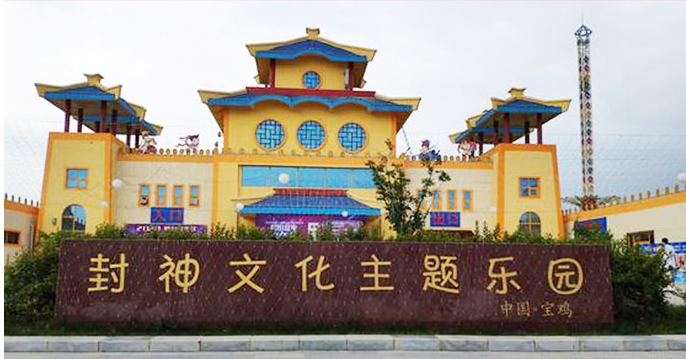different types of roller coasters
Different Types of Roller Coasters
Roller coasters are thrilling rides that offer a unique combination of speed, height, and thrilling twists and turns. They vary widely in design, engineering, and experience, providing something for every type of thrill-seeker. Here, we will explore some of the most popular types of roller coasters and what sets them apart.
1. Wooden Roller Coasters The classic wooden roller coaster is a nostalgic favorite among many amusement park enthusiasts. Constructed primarily from wood, these coasters are known for their rough rides and distinctive creaks and groans. The design relies on a series of hills and drops, often resulting in high-speed descents and unexpected airtime moments. Notable examples include the Cyclone at Coney Island and the Phoenix at Knoebels Amusement Resort, both of which offer a traditional experience that harkens back to the golden age of amusement parks.
2. Steel Roller Coasters Steel roller coasters revolutionized the amusement industry with their smoother rides and the ability to perform intricate maneuvers. These coasters can reach greater heights and faster speeds than their wooden counterparts. They often feature loops, corkscrews, and a variety of inversions, making them a favorite for thrill-seekers. For instance, the famous Steel Vengeance at Cedar Point combines an exhilarating blend of airtime hills and sharp twists.
3. Inverted Roller Coasters Inverted coasters are designed so that riders sit below the track, with their feet dangling in the air. This design creates a unique sensation as riders experience inversions and elements like loops and corkscrews from a completely different perspective. Some of the most iconic inverted coasters include the Batman The Ride series and Raptor at Cedar Point, known for their high-speed turns and inversions.
different types of roller coasters

4. Suspended Roller Coasters Suspended coasters also feature a track above the riders, but unlike inverted coasters, these rides swing with the movements of the train, providing a more dynamic experience. Riders glide through twists and turns, experiencing a sense of weightlessness. A great example of this type is The Bat at Kings Island, which offers a unique blend of thrills and an engaging ride experience.
5. Launch Coasters Ditching the traditional lift hill, launch coasters use powerful mechanisms to propel riders from 0 to 60 mph in mere seconds. This sudden acceleration delivers a rush of adrenaline unlike any other. The Incredible Hulk Coaster at Universal’s Islands of Adventure is a popular launch coaster that combines high speeds with a series of inversions, providing an adrenaline-packed experience right from the start.
6. Hyper Coasters Hyper coasters bridge the gap between traditional and modern designs, typically featuring heights between 200 and 300 feet. These coasters are known for their steep drops and long airtime hills. Millennium Force at Cedar Point is a prime example, offering a smooth ride filled with breathtaking views and exhilarating drops.
In conclusion, roller coasters come in a wide variety of types, each catering to different preferences and thrill levels. Whether you prefer the classic wooden coasters or the adrenaline-fueled launch coasters, the world of roller coasters continues to evolve, ensuring that riders will always have new experiences to look forward to.
-
Top Amusement Equipment Manufacturer Rock n Roller Coaster & Carousel ManufacturerJun.10,2025
-
World's Scariest Roller Coaster Experience Ultimate Thrill & HeightJun.10,2025
-
Ultimate Thrill Ride Roller Coaster High-Speed, Safe AdventureMay.30,2025
-
Carousel Mansfield Rides Premium Indoor & Event SolutionsMay.30,2025
-
T3 Roller Coaster High-Thrill, Safe Ride for Theme Parks & ResortsMay.30,2025
-
Roller Coaster Cart Design Custom-Built & High-Safety Thrill Ride VehiclesMay.30,2025
